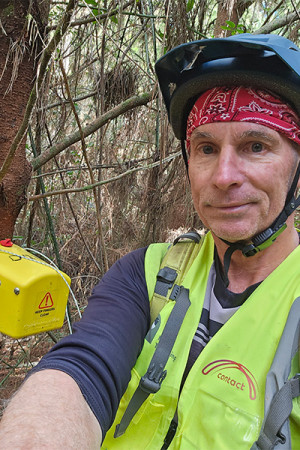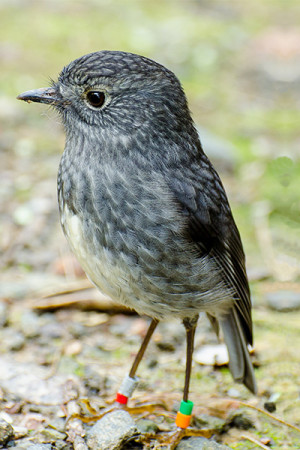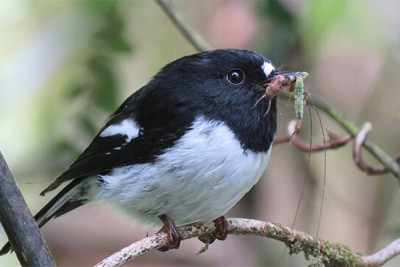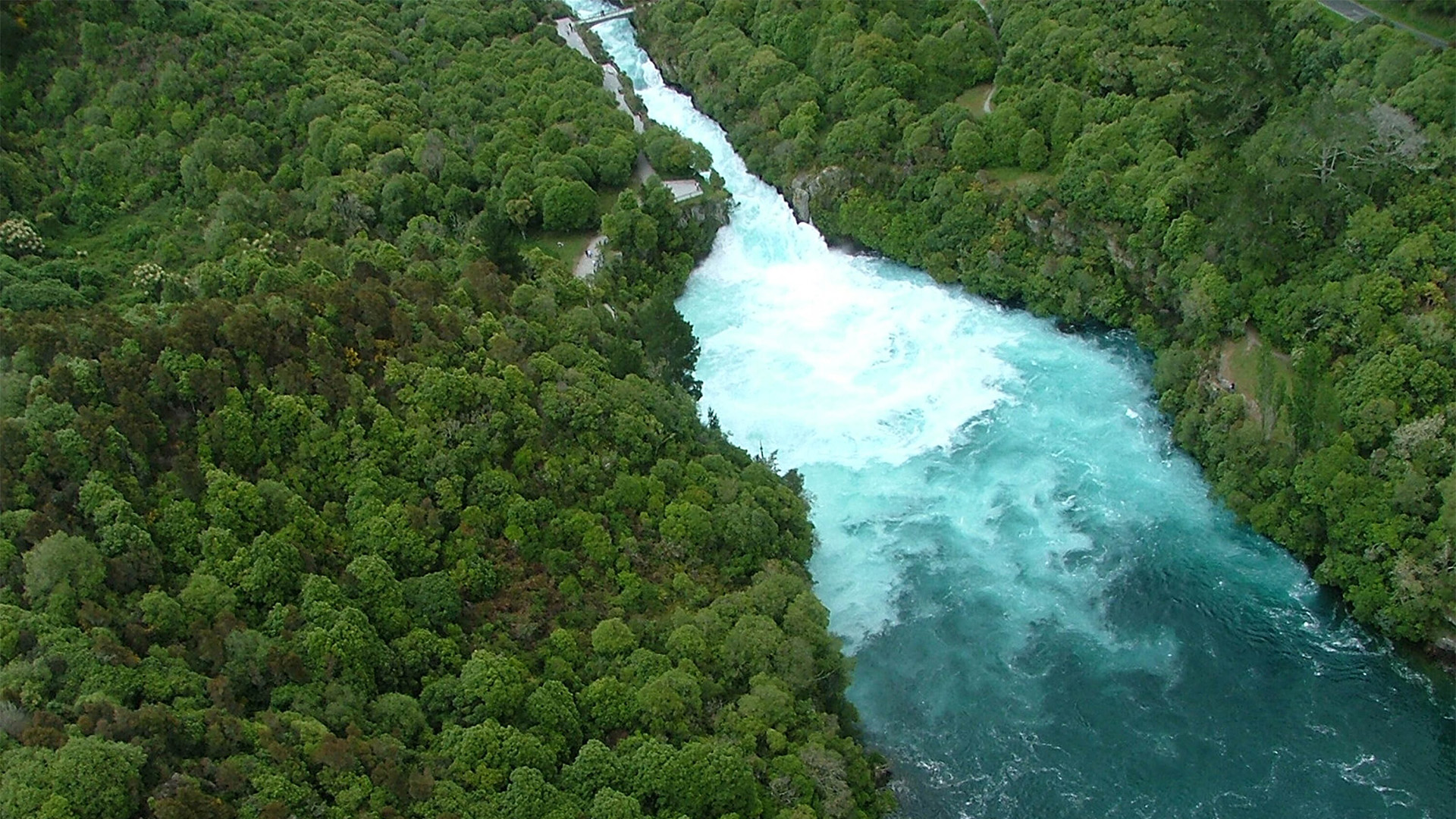
Stu Hutchings enjoys combining trapping with cycling at Craters Mountain Bike Park.
Enhancing native bird life within the cycle trails of Taupō is just like riding a bike for resident Stu Hutchings.
The longtime biosecurity champion and advocate, who worked as a disease control manager for Ospri and chief biosecurity officer for Biosecurity NZ, is now retired and a volunteer for community group Huka Trapping, which was set up by a committee member of Taupō Biking.
“So, after a whole career spent in landscape pest management, I’m now getting my hands dirty with trapping,” he says.
Huka Trapping’s mission is to enable a thriving population of native birds – including at risk-declining North Island robin (toutouwai) and tomtit (miromiro) – through ethical and effective pest management solutions within the trail areas administered by Bike Taupō.
Stu has been coordinating Huka Trapping for about a year since taking over from his “really good mate, Clyff Harrington, whose enthusiasm got the programme started back in 2018”.
He says the project works on a shoestring and is highly reliant on volunteers and funding, including from Waikato Regional Council.
It most recently received $4,976.24 from the council’s Small Scale Community Initiatives Fund (SSCIF), which it will spend on trap repairs, traps, lures, and wasp toxin, and previously received SSCIF grants in 2021, 2022 and 2024.
Huka Trapping has a network of 580 traps across three cycle trail areas: Waikato River Corridor, Craters Mountain Bike Park and the Great Lake Trails.

Volunteer efforts help enhance habitat for North Island robin: Photo: Tony Wills
About 50 “mostly older” volunteers take ownership and coordinate the servicing of them from weekly to every 10 days, and they’ve caught a total of about 18,000 pest animals to date.
Every catch gets recorded on the Trap NZ app.
“There are about 150 kilometres of bike trails in the Taupō area, and they attract a lot of people to town,” says Stu, a cycling enthusiast himself.
“By trapping possums, stoats and rats, we’re not just helping the birds – we’re providing an enhanced visitor experience for people riding the bike trails, and that benefits both the tourism sector and the wider Taupō community.”
Stu himself helps service a trapline within the Craters Mountain Bike Park. It’s a relatively new trapline through pine trees and native bush, and a job that takes him up to three hours.
“I really enjoy the fact I can ride my bike and do it at the same time. I get to combine the sense of wellbeing with being able to make a difference.
“I’ve certainly noticed an increase in birdsong even in the last year since I first started – a lot more fantails especially. But along the Waikato River trail, in particular, we’re hearing from people that they are definitely noticing more bird life there.”
However, Stu sees the need to coordinate pest management efforts with other groups and landowners in the district to achieve a landscape scale.

North Island tomtit are also being protected by Huka Trapping: Photo: Joxean Koret
“We get constant migration from surrounding land of possums and rats, so our catch numbers are not dropping … ideally, we want to be catching nothing.”
Waikato Regional Council Biodiversity Partnerships Lead Nicky Ismay says Huka Trapping volunteers are doing important mahi to protect and increase biodiversity in their area.
“The council is impressed with their great volunteer base and we were keen to support them to extend the fantastic work they’ve been carrying out through the development of a new trapping line.”



